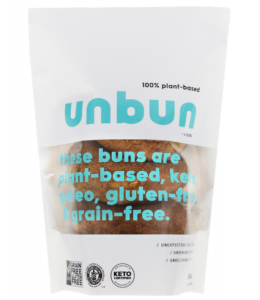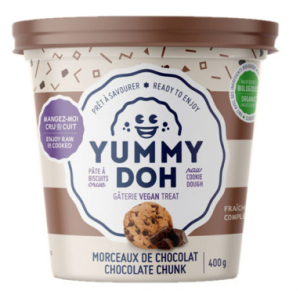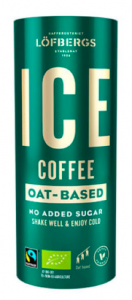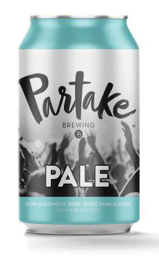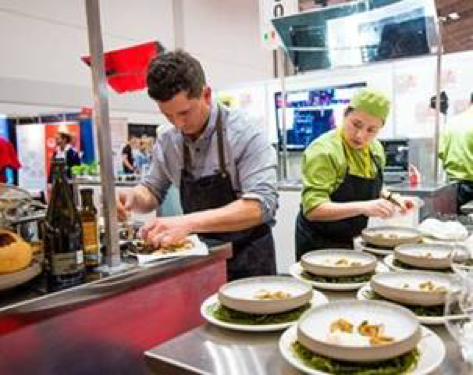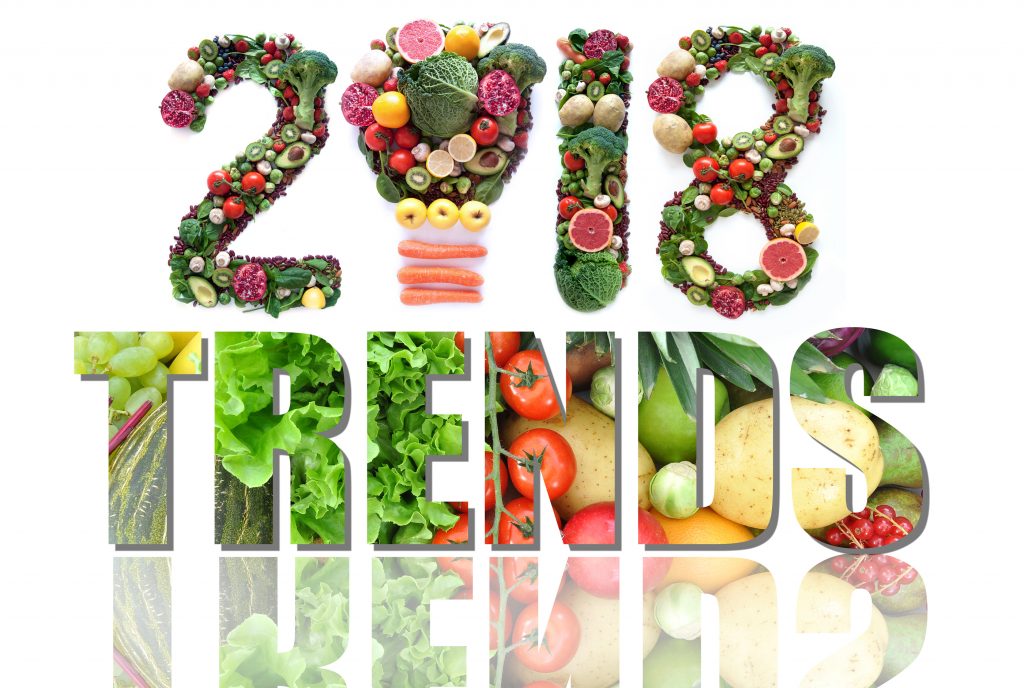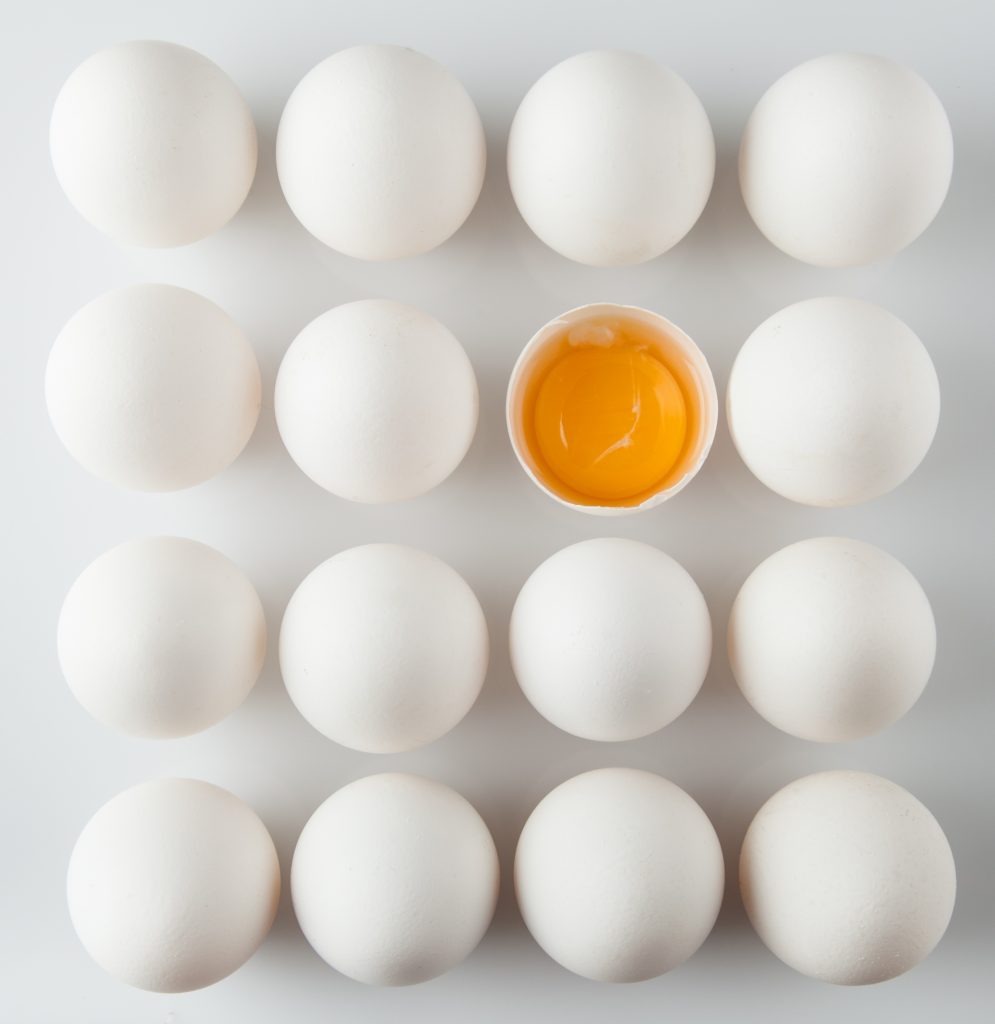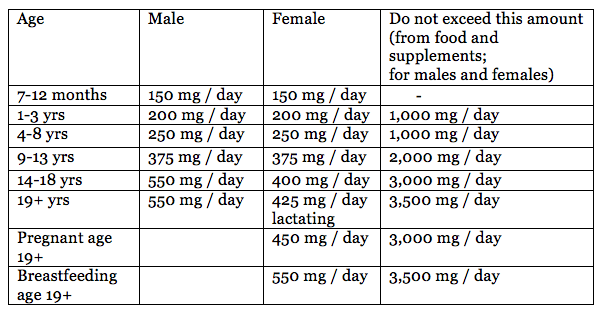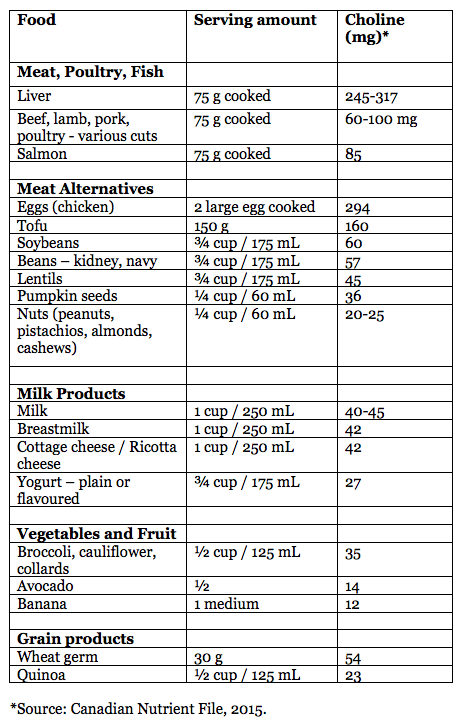
Welcome 2021! With the COVID-19 pandemic still looming, our eating habits will continue to be shaped by a focus on comfort foods and a desire to keep our immune systems strong. The United Nations’ declaration of International Year of Fruits and Vegetables, along with a passion for planetary health are also driving what we put in our grocery bags.
1. Comfort Foods
The winter is typically a time when we crave comfort foods because the days are shorter and there’s less sunlight. With the added stress of lockdown and quarantine, comfort foods will be here to stay for a while.
Comfort foods can be anything that makes you feel good and gives you a sense of safety during these times of uncertainty. Comfort foods can be nostalgic and bring back good memories.
Often, comfort foods contain carbs because eating carbs triggers the production of serotonin which is the neurotransmitter that helps us feel happy and calm.
Expect to see more comfort food offerings in grocery stores, meal kits and take-out menus.
Sue’s tips: Be kind to yourself. Comfort foods are called comfort for a reason. Think of other activities and hobbies that can also provide comfort and wellbeing – like walking the dog, yoga, meditation, and getting enough sleep.
2. Foods to Support Our Immunity
COVID-19 reminds us of just how important it is to take care of ourselves to prevent illness and keep our immune system strong. In addition to good hygiene and physical distancing, getting the right nutrition can help.
What’s really important to remember is that there isn’t one miracle food or one special nutrient that can “boost” your immunity. Instead, think of your immune system as a team with different players. The players are the nutrients that work together to keep your immune system strong and healthy.
Some important nutrients for immunity are:
Vitamin A & Beta-carotene – (beta-carotene gets converted into vitamin A) – beta-carotene is found in dark green and orange veggies like broccoli, spinach, carrots, butternut squash and sweet potatoes.
Vitamin C – found in foods like oranges, peppers, strawberries, broccoli, kiwi
Vitamin D – found in foods like eggs, milk, some yogurt, salmon, mushrooms
Zinc – found in foods like beans, nuts, seeds, meat, fish
Selenium – found in foods like Brazil nuts, oysters, canned fish, wheat germ
Protein – found in foods like eggs, beans, chickpeas, tofu, fish, meat, dairy –protein helps make antibodies to fight off foreign invaders in our body
Sue’s tips: Eat a variety of foods every day to get a good mix of nutrients. Talk to a dietitian or your health care professional if you’re thinking about taking supplements.
3. Fruits and Veggies
2021 is the International Year of Fruits and Veggies, declared by the United Nations. We know that fruits and veggies are Mother Nature’s superheroes, playing an important role in preventing chronic diseases like cancer, diabetes and heart disease.
Fruits and veggies are also great sources of beta-carotene and vitamin C – two important nutrients for our immune system.
The World Health Organization recommends that we eat at least 400 grams of fruit and veggies every day – that’s about 5 servings a day. Canada’s food guide recommends that fruit and veggies make up half our plate.
Sue’s tip: Eat colourful fruit and veggies at every meal. Try them in different ways – raw, steamed, roasted, in soups, stir-frys or stews. Grow your own, buy local and buy in season.
4. Climatarian
A climatarian describes a person who is trying to fight climate change and stop global warming. The overall idea is to reduce your carbon footprint and reduce food waste.
According to research by the University of Guelph, families throw out over 3 kg of edible food each week which adds up to over $1,000 per year. Fruits, vegetables and leftovers are the most common types of foods that are wasted.
Generally speaking, a climatarian considers:
- reducing food waste by using all parts of the plant or all parts of the animal when eating meat (e.g. use beet leaves in a stir-fry; use carrot leaves and veggie scraps to make a soup or broth; use citrus peel for zest)
- choosing locally produced food (to reduce the carbon footprint of transportation)
- choosing foods with minimal packaging, and reducing the use of plastics
- choosing a sustainable method of transportation such as walking or cycling to get groceries
Sue’s tips: Reduce food waste and food packaging. Keep an inventory of the foods you have in the pantry and fridge. Use up what you have and buy only what you need.
[Image: Canva]


